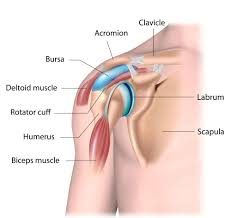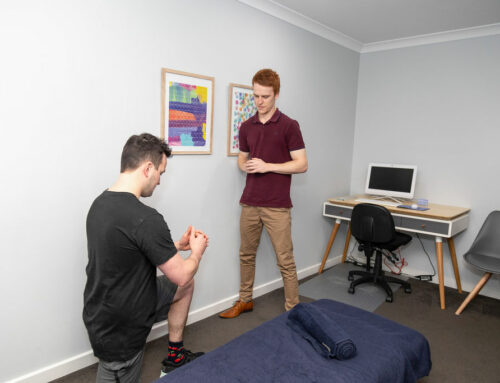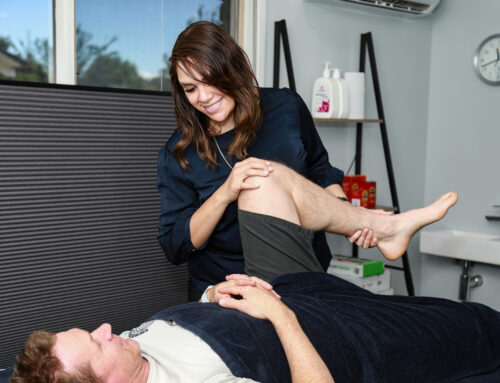We rely on having a huge range of movement out of our shoulders. We reach up to hang washing out, we reach into the backseat of our cars, and some of us wrestle into bras every morning! If your shoulder is giving you pain, it can be really frustrating and can have a big impact on your life.
One of the common causes of shoulder pain can be what us health professionals call “Subacromial impingement”.

No one likes technical terms! So let’s break it down. “Subacromial” is essentially a term that refers to a space under the very top of your shoulder blade (the acromion). It houses the tendons of a group of muscles that help to stabilise your shoulder (the rotator cuff). Located within this space is what we call a bursa. It is a tiny fluid-filled sac that plays an important role in shock absorption and reducing friction between bones.
Subacromial impingement occurs when these tendons or bursa are squeezed or ‘impinged’.
Okay, so why does it happen?
If we think of your shoulder as a ‘ball and socket’, when you lift your arm, the ball should glide downwards in the socket to prevent compression of the bursa. Occasionally, when your shoulder isn’t moving optimally, the ball doesn’t glide down which squeezes the bursa and tendons in the subacromial space, resulting in pain and inflammation.
There are a number of reasons that your shoulder might not be functioning well – injury to the tendons that occupy the space in your shoulder, muscular imbalance and tears, poor postural control and awareness and repetitive overhead movements. The good news? These are all factors that your osteopath can assist you with.
What can I do about it?
Your osteopath will work closely with you to tailor a management plan that addresses the key factors contributing to your subacromial impingement. Generally, this will include hands on treatment and exercises (like the ones demonstrated below) to decrease your pain, restore your shoulder mobility and strengthen the surrounding muscles. You may also find that your osteopath recommends exercises to address other areas such as your neck and upper back as these can also contribute.
How long will this take to heal?
Healing times for any injury can vary greatly, but complete resolution and healing can take up to 6 months. If you have any questions or just want some more information, please don’t hesitate to email me at darren@pakenhamosteopathy.com.





